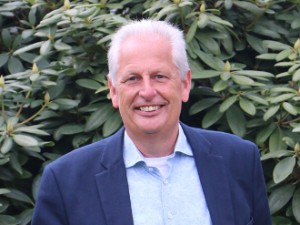- Video Library
- Leo Smit Presents Hy2Care at LSI USA '24
Leo Smit Presents Hy2Care at LSI USA '24

Leo Smit
I am a strategic and results driven business professional with a proven track record of efficiently bringing innovative and market driven technologies to commercial success.
I combine high level technical skills with a strong commercial drive. I am energetic and have a strong passion for turning technologies that improve health and society into a business reality.
I have delivered new PMC’s, created branding campaigns, innovated business models, negotiated complex business and R&D agreements, formulated successful business partnerships and brought the outcomes to leading market shares and high revenue growth.
I enjoy working in an open, dynamic and creative environment, together with like minded team players.
Leo Smit
I am a strategic and results driven business professional with a proven track record of efficiently bringing innovative and market driven technologies to commercial success.
I combine high level technical skills with a strong commercial drive. I am energetic and have a strong passion for turning technologies that improve health and society into a business reality.
I have delivered new PMC’s, created branding campaigns, innovated business models, negotiated complex business and R&D agreements, formulated successful business partnerships and brought the outcomes to leading market shares and high revenue growth.
I enjoy working in an open, dynamic and creative environment, together with like minded team players.

17011 Beach Blvd, Suite 500 Huntington Beach, CA 92647
714-847-3540© 2025 Life Science Intelligence, Inc., All Rights Reserved. | Privacy Policy







